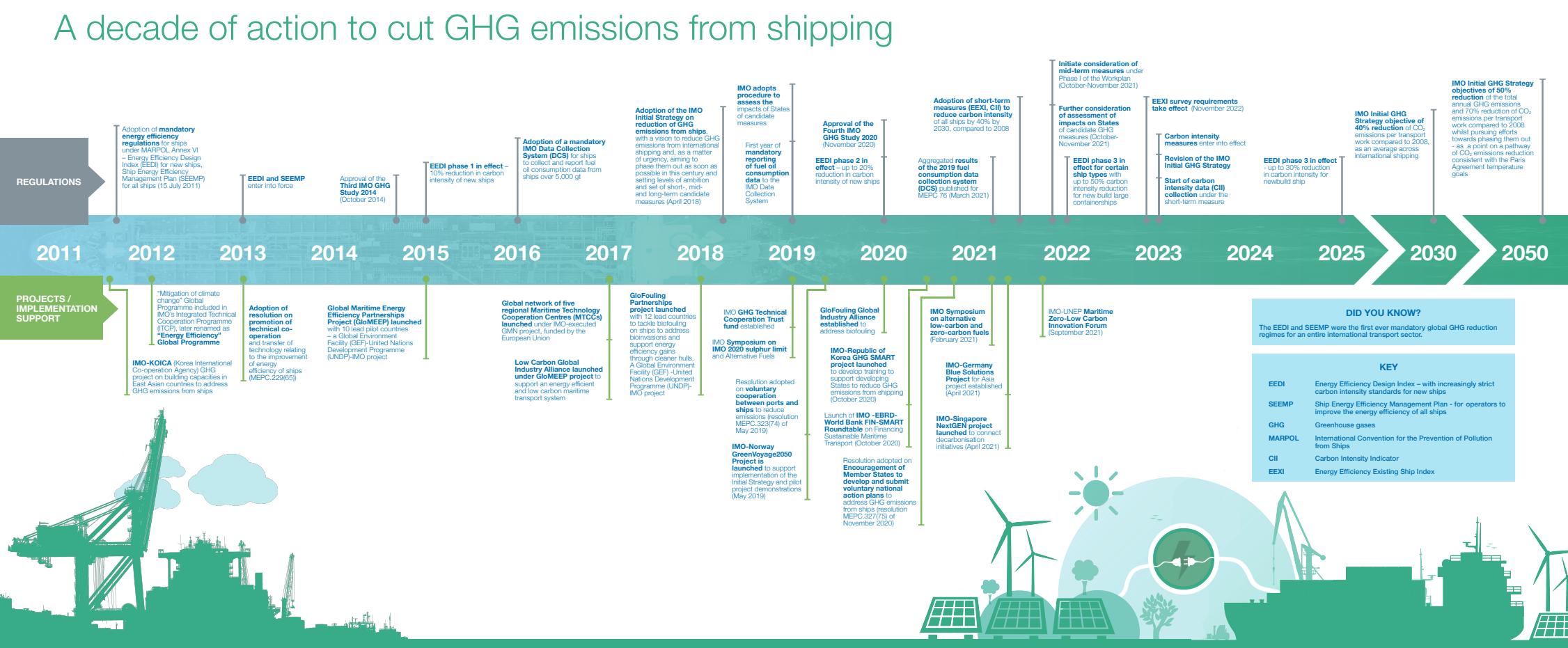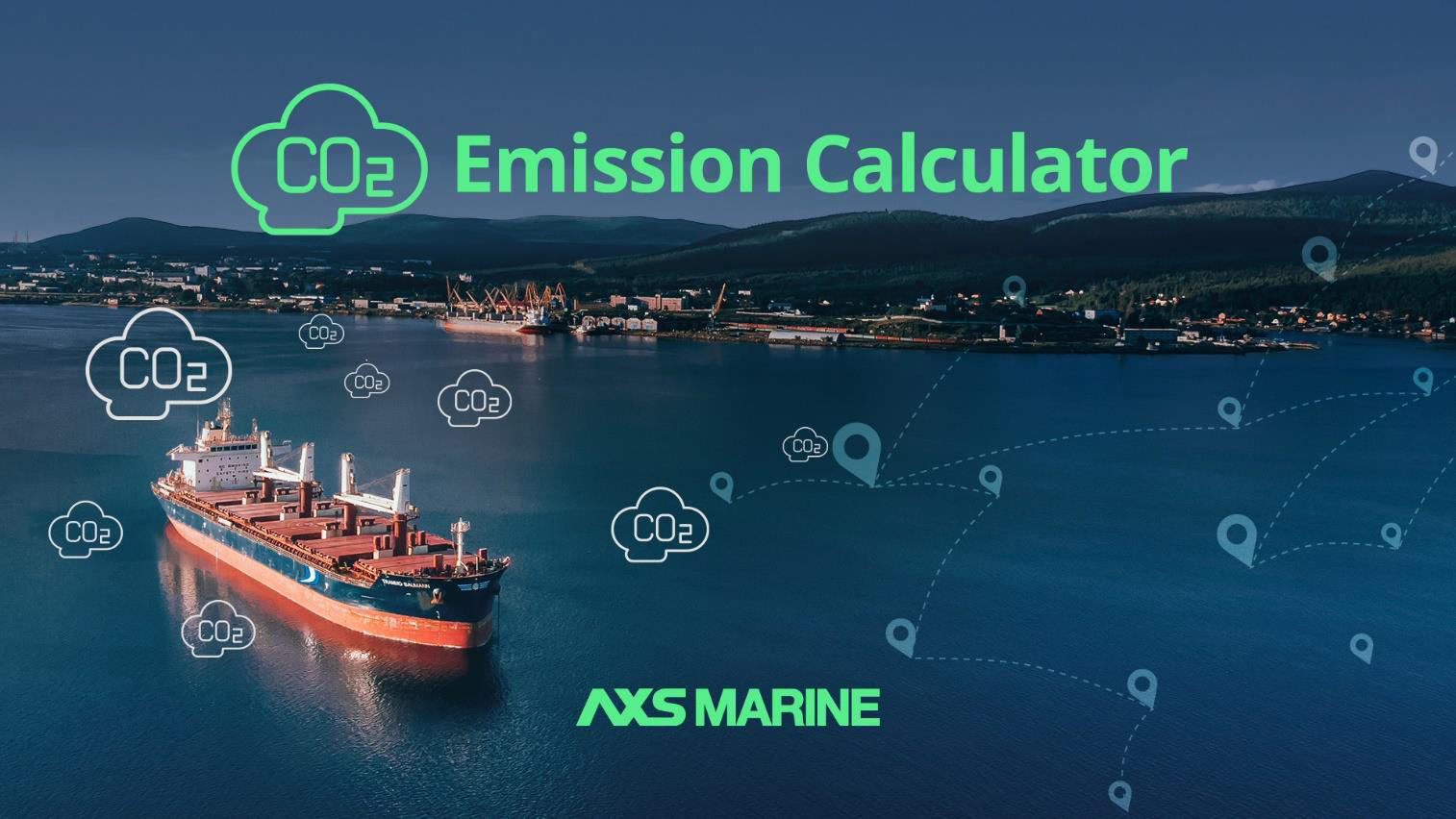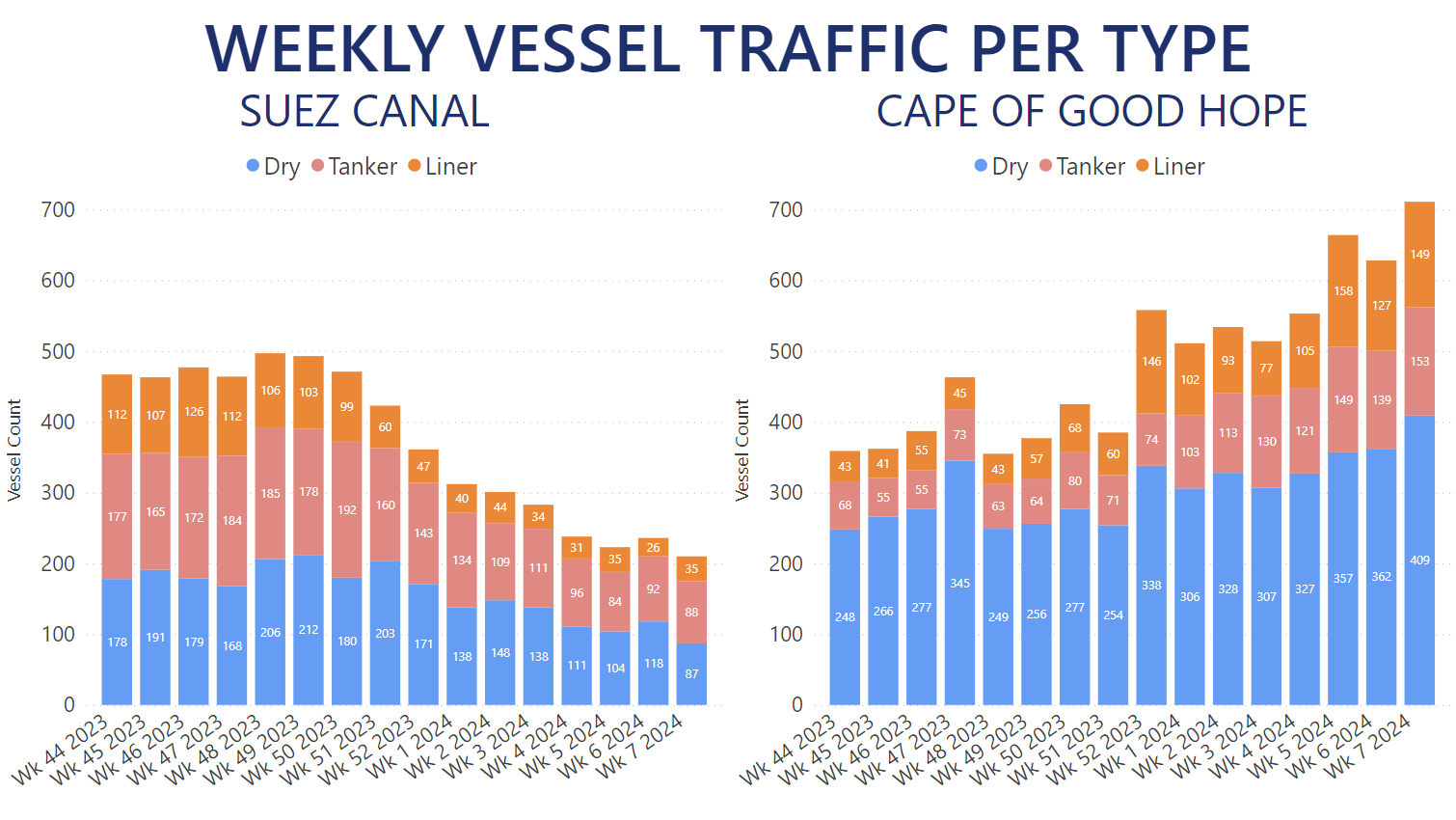A decade of mandatory energy efficiency measures for ships
Over ten years have passed since the International Maritime Organization (IMO) first set international mandatory measures for improving ships' energy efficiency aimed at cutting down Greenhouse Gas (GHG) emissions. The package of measures combined with implementation support set shipping on the path to decarbonization.

During this timeframe, the Sea Cargo Charter also joined in on the issue of controlling air pollution from ships by establishing a framework for aligning chartering activities with responsible environmental behaviour.
How does one measure a vessel's CO2 emissions?
Despite all the regulatory groundwork laid in recent years, and the upcoming 2023 GHG Strategy revision, there is still confusion in the industry as to how the CO2 emissions are calculated before they can be reduced. Even with the mass adoption of low-sulphur fuels and scrubbers aboard vessels, shipping's footprint on CO2 is still high.
While owners and operators have the option to either lower their emissions or pay to offset their carbon footprint, it's essential to be able to calculate the cost before one can make a decision. Here's where the big blank comes in the picture – which methodology would you use? There's the Energy Efficiency Operating Indicator (EEOI) using grams of CO2 per tonne-nautical mile, and the Annual Efficiency Ratio (AER) using grams of CO2 per deadweight-tonne-nautical mile. Then there's the question of who actually is responsible for paying. All in all, it's still not entirely clear who and how is going to be affected.
A new calculator comes online to help
This is where we can help. As a pioneer in the provision of advanced solutions for shipping professionals, we’ve released a new complimentary addition to our portfolio - a calculator that can determine the CO2 effect of each vessel voyage to the environment.

Our CO2 calculator is a fully automated tool, which works both with the EEOI and the AER methodologies. It takes into account HSFO, VLSFO, and LSMGO carbon factors and provides an Alignment Delta to the EEOI trajectory values for its users.
While the CO2 emission calculations are fully automated and do not change the workflow of its users, our new tool also has the option to estimate specific CO2 costs of every voyage, depending on the region of operation.
The right tool at the right time
While the confusion sewn by unclear regulations can only be dispersed by the regulatory bodies themselves, we aim to remedy the situation by releasing the instruments the industry needs to monitor its carbon footprint on the environment.
Our new CO2 calculator will help the Dry Bulk industry stay compliant with environmental regulations. It's just the latest in a number of steps we've taken to make sure that as professionals in the industry you can monitor the fleets' impacts on the environment.
Aside from the full automation of our calculator, which will provide new info without impacting your workflow, it is also fully integrated in our ecosystem of products. This transforms the need to follow one's vessels' CO2 emissions into looking at just one more number on the screen.
Find out further details about AXSMarine's green solutions.








